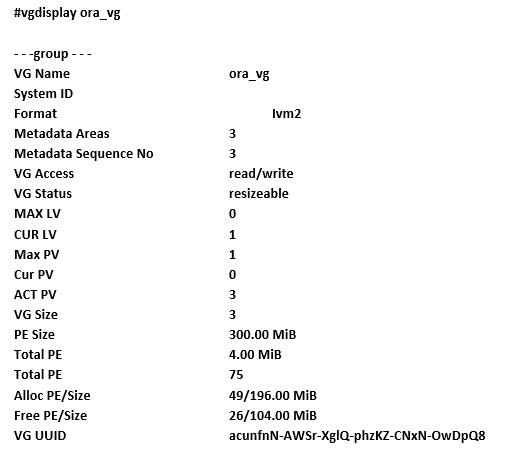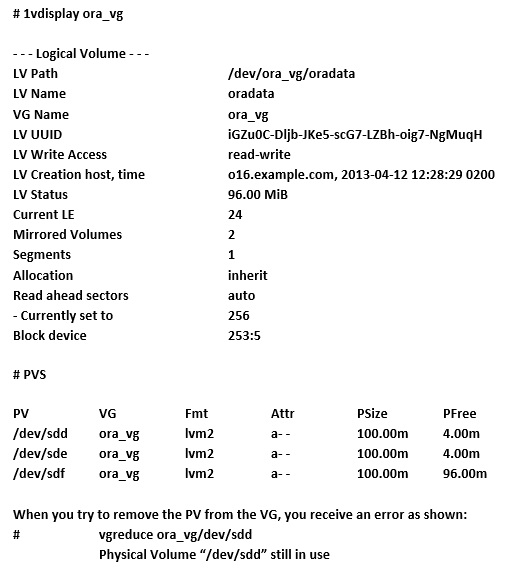At ValidExamDumps, we consistently monitor updates to the Oracle 1Z0-100 exam questions by Oracle. Whenever our team identifies changes in the exam questions,exam objectives, exam focus areas or in exam requirements, We immediately update our exam questions for both PDF and online practice exams. This commitment ensures our customers always have access to the most current and accurate questions. By preparing with these actual questions, our customers can successfully pass the Oracle Linux 5 and 6 System Administration exam on their first attempt without needing additional materials or study guides.
Other certification materials providers often include outdated or removed questions by Oracle in their Oracle 1Z0-100 exam. These outdated questions lead to customers failing their Oracle Linux 5 and 6 System Administration exam. In contrast, we ensure our questions bank includes only precise and up-to-date questions, guaranteeing their presence in your actual exam. Our main priority is your success in the Oracle 1Z0-100 exam, not profiting from selling obsolete exam questions in PDF or Online Practice Test.
You must remove a Physical Volume (PV) from a Volume Group (VG) containing one Logical Volume (LV) without compromising data availability.
Examine their definitions:


What must you do before using the vgreduce command, to remove the PV?
Which three statements are true concerning the use of open SSH utilities?
Which three statements are true about the shared directories defined in the /etc/exports file?
C (not A): Very often, it is not desirable that the root user on a client machine is also treated as root when accessing files on the NFS server. To this end, uid 0 is normally mapped to a different id: the so-called anonymous or nobody uid. This mode of operation (called 'root squashing') is the default, and can be turned off with no_root_squash.
E: In releases of nfs-utils up to and including 1.0.0, the async option was the default. In all releases after 1.0.0, sync is the default, and async must be explicitly requested if needed.
Refer to the Exhibit.
[root@server1 ~ # 1s -1 /usr/bin/passwd
-r-x---x---x 1 root root 21200 oct 7 21:01 /usr/bin/passwd
[root@server1 ~] # 1s -1 /etc/shadow
-r - - - - - - - - 1 root root 1818 Mar 7 10:31 /etc/shadow]
[root@server1 ~]#
A user smith is on your system complained that he is not able to change his password. As the administrator, you long-listed the passwd command and the /etc/shadow file.
View the Exhibit that shows the output.
What must you do to enable this user to change his password?
You use the chkconfig command to administer one of the services on your Oracle Linux system:
[root@FAROUT ~]# chkconfig vncserver off
[root@FAROUT ~] #
No changes have been made to the init script for the service.
Which two statements are true regarding the effects of Issuing this command?
References: